
Re-registering Old Cars Could Get 25 Times More Expensive Soon
- Sep 26, 2019
- Views : 5253

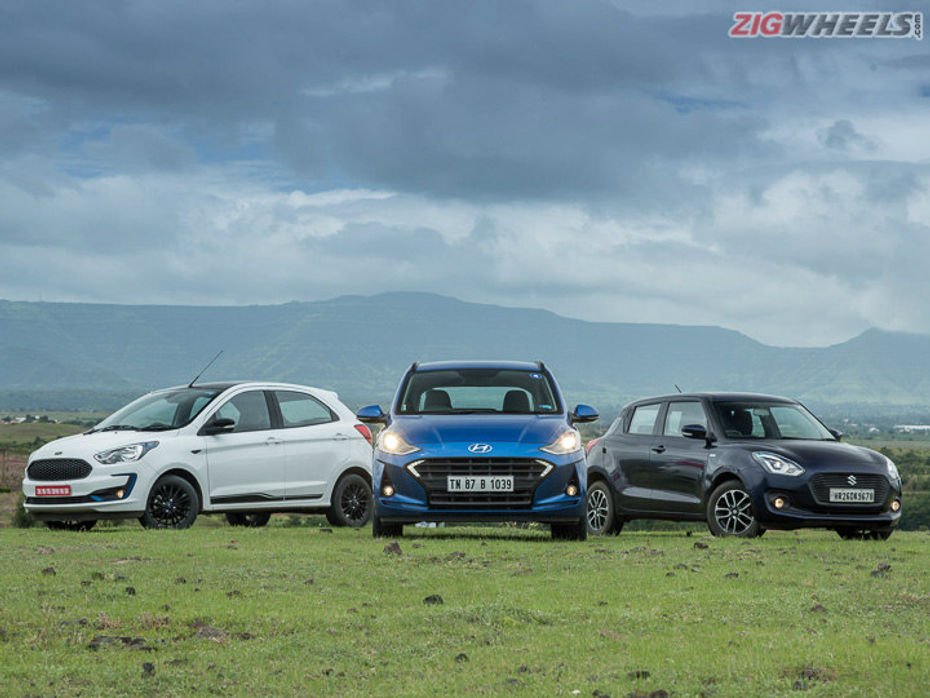
We wouldn’t blame you for shedding a tear after Maruti Suzuki confirmed its plans to axe every diesel from its line-up. After all, while the developed-in-house 800cc unit (that powered the Celerio diesel) and the new 1.5 litre diesel (that powers the Ciaz and Ertiga) showed us the two extreme ends of diesel desirability, the 1.3 litre DDiS 190/200 is a true legacy. This decade-old, Fiat-sourced engine powers thousands of cars on Indian roads today, including the Maruti Swift diesel, which is now on its last legs. That, however, is not the case with the Ford Figo or the Hyundai Grand i10 Nios, which will continue to be available in their diesel guises even after April 2020.
So come April 2020, when the Swift diesel will no longer exist, can the Grand i10 Nios or Ford Figo fill the void? Or should you buy the Swift diesel while it’s still around?
Suave Slickers
Anyone buying a diesel hatchback is probably looking at heavy usage. And if it’s on the road a lot, it doesn’t hurt if it can turn a few heads.
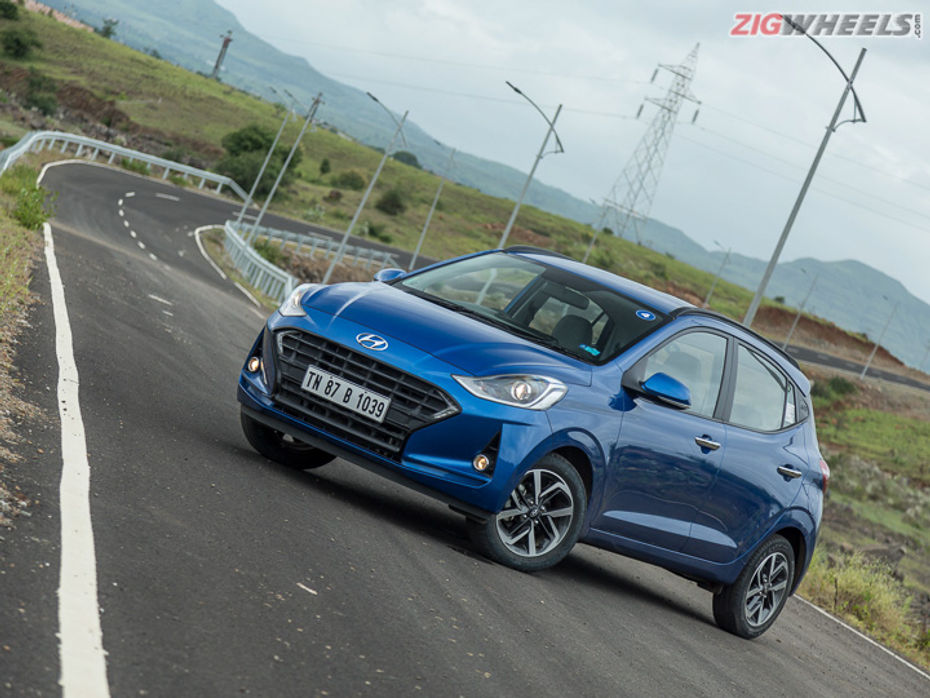
The Grand i10 Nios certainly does that with its grille-mounted, boomerang-shaped DRLs. It also gets cool touches such as projector headlamps, segment-first projector fog lamps and the funky 15-inch wheel design. However, aggressive and distinctive as the front end is, the side profile looks all too similar to the Grand i10 — the car it was supposed to replace but continues to sell alongside.
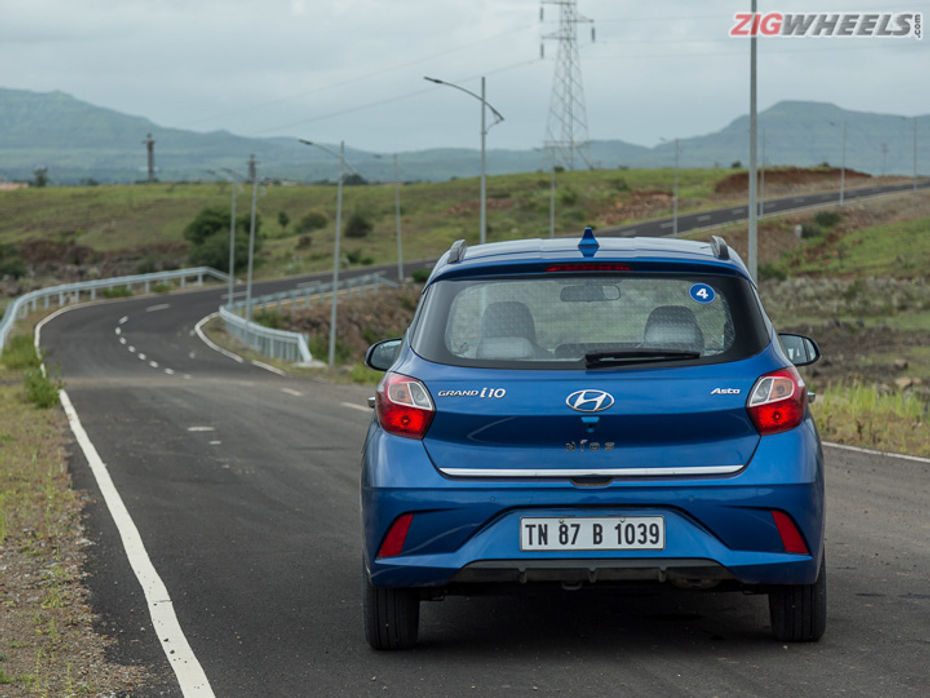
The rear end too is a touch bland and looks similar to the Tata Tiago. Additionally, it’s the smallest car in this company, matching only Swift’s 2450mm wheelbase. A good looking hatchback? We’d say so, but not one with an attitude that will have people taking notice, even though it’s the youngest car here.
|
Hyundai Grand i10 Nios |
Maruti Suzuki Swift |
Ford Figo |
|
|
Dimensions |
|||
|
Length |
3805mm |
3840mm |
3941mm |
|
Width |
1680mm |
1735mm |
1704mm |
|
Height |
1520mm |
1530mm |
1525mm |
|
Wheelbase |
2450mm |
2450mm |
2490mm |
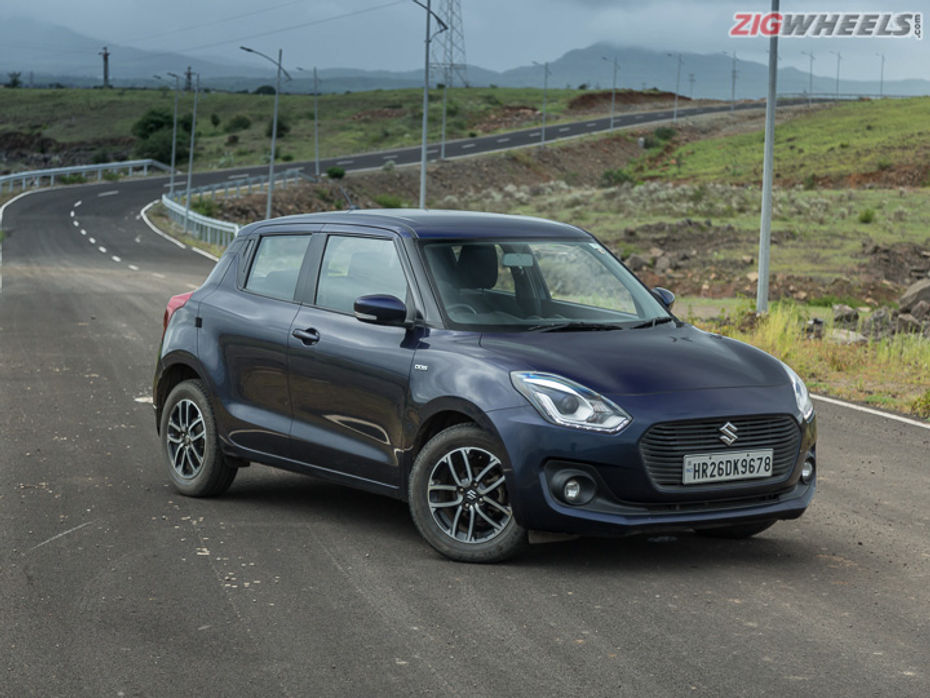
It’s a different story with the Swift. Flashy elements such as the machined-finish, 15-inch alloy wheels and annoy-me-and-I’ll-flash-you-blind LED projector headlamps sure bring some wow to the styling but the Swift’s design is what’s so refreshing. Despite being the widest and tallest car here, the Swift looks the most low-slung and sporty. And there’s no mistaking the Swift for anything else, so attitude aside, this design is an identity in itself.

Flash factor, what’s that? It’s a question the Ford Figo asks. With no DRLs or projector headlamps, the Figo would look sober in this company. That is until you look at the custom styling highlights of the top-spec Titanium Blu. The contrast painted roof, wheels and mirrors join hands with some custom stickering to make the range-topping Figo look like a special edition. That said, the unique touches here may come across as overkill to some. It’s also longer and has a larger wheelbase than the Swift or Nios, so it does have size on its side. Has the size been used right though?
Enter The Lair
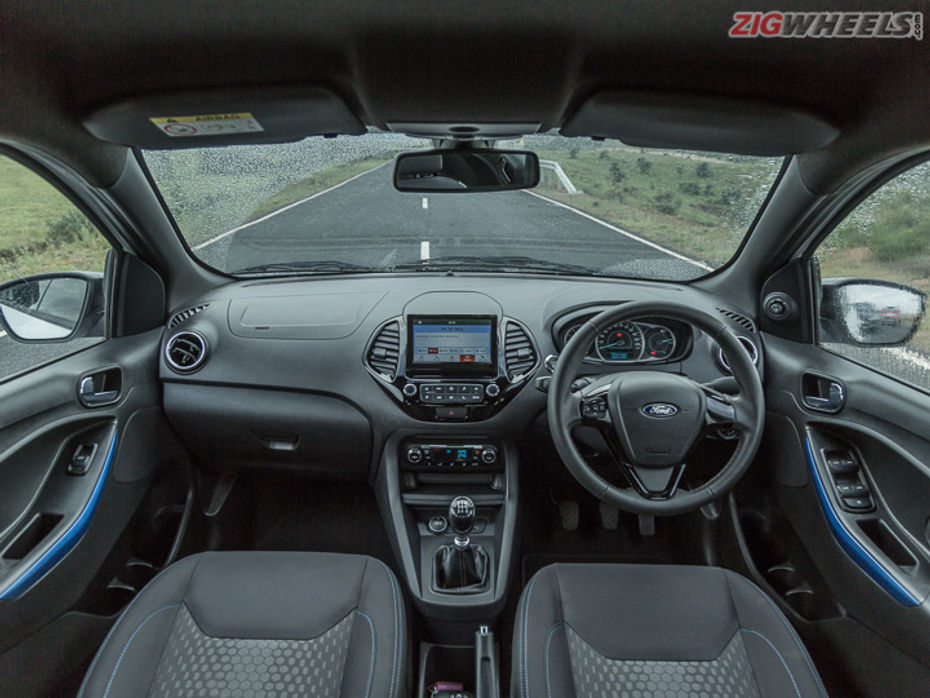
Not quite. The Ford works acceptably well as a 4-seater with 6 footers on board but the cabin does feel a little cramped. The driver’s footwell is small and the front seats feel snug even for an average-sized person. Rear seat occupants do get a decent amount of knee room but the front seat rails foul with your feet, and shoulder room is a bit tight, taking away from backseat comfort. This is also why the Figo doesn’t work too well as a 5-seater, compounded by the lack of any storage space in the back — not even door pockets!
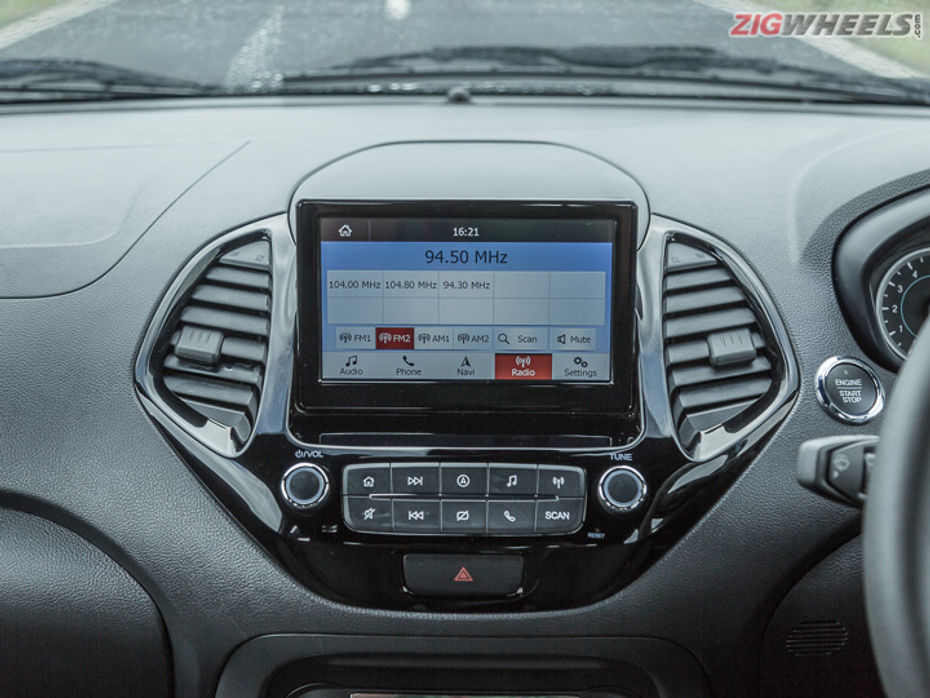
Standalone, the Figo gets the job done for a small family, but its rivals do better. Also, the interior is really starting to show its age. The overall quality of plastics doesn’t feel particularly rich and little misses such as the provision of Android Auto/Apple CarPlay with the 7-inch touchscreen, a button release on the hatch or passive keyless entry (even though it does have push button start), water down what is otherwise an amazingly bang for buck package.
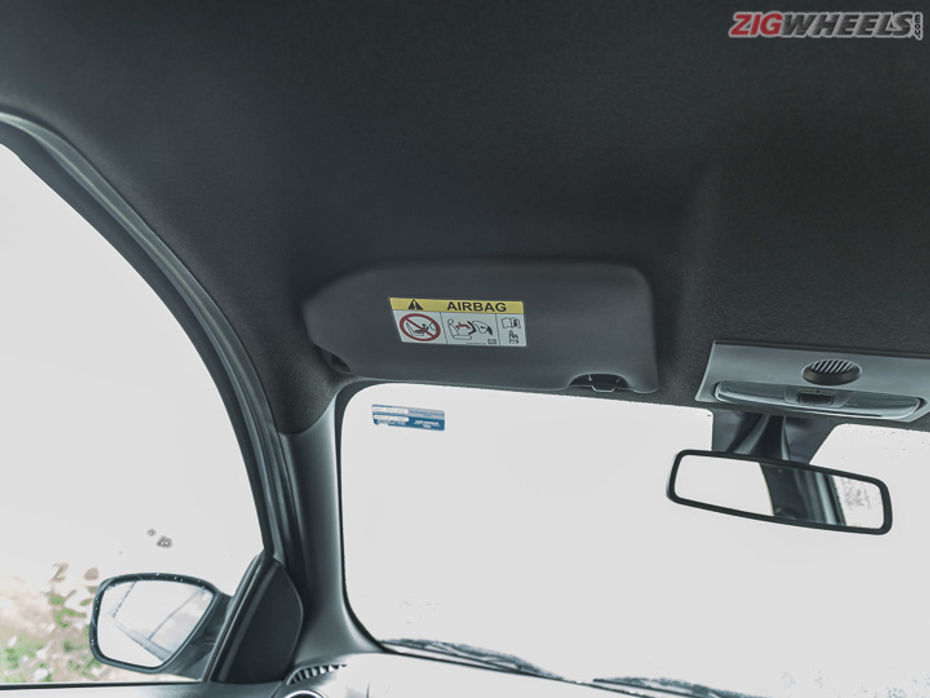
And serious bang for buck it is! For example, while all the cars here get dual front airbags, ABS with EBD, rear parking sensors and rear cameras, only the Ford Figo offers side and curtain airbags. It also gets auto headlamps like the Swift and adds auto wipers — the two features missing in the Nios.
The biggest takeaway is that it does this while being the most affordable car here. In fact, the top-spec Titanium Blu is priced closer to the one-below-top variants of the Swift and Nios. Even if you opt for the Titanium, the Figo comes very well loaded and delivers phenomenal value. Had Ford given it a few more wow touches and a fresher, more practical cabin, the Figo would’ve been hard to beat.
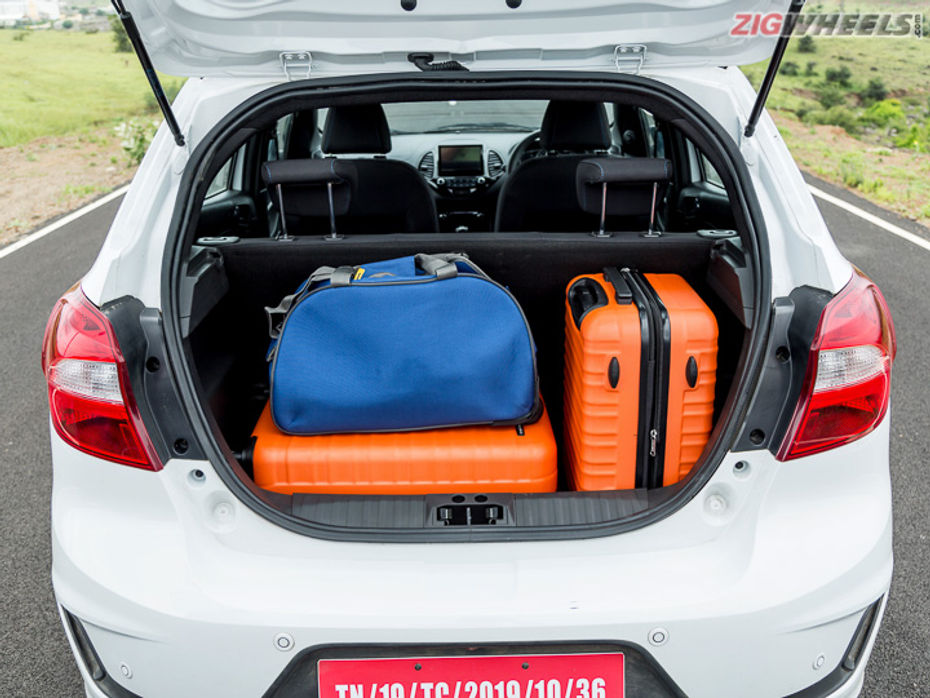
Speaking of practicality, the Figo’s 257-litre boot is also the least accommodating. Not too short of the Nios’ 260-litre boot or the Swift’s 268 litre trunk but the lack of depth hampers its usability. The Swift’s boot, though, is the most generous of the lot. Thanks to its depth, we could cram in a full-sized suitcase, an overnighter and two soft bags with ease. It’s also the only one to offer a 60:40 split rear seat.
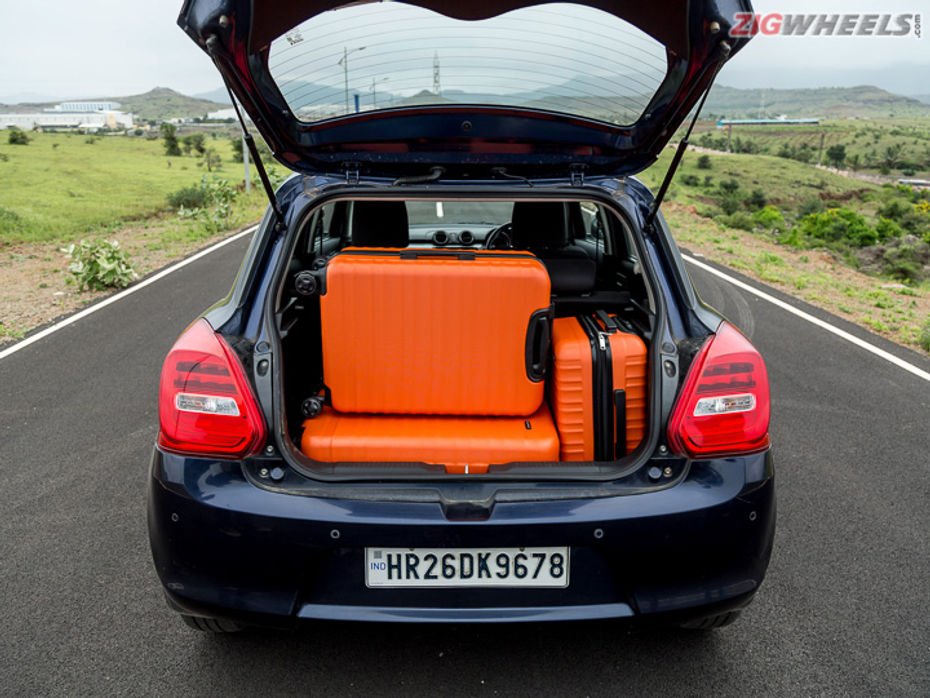
Props to the Swift’s practicality, which extends into the cabin too. None of these cars work brilliantly as 5-seaters, but the Swift offers the best attempt. Thanks to the generous shoulder room, it’s the most comfortable for seating three abreast. It’s also got a good amount of knee room and headroom on offer and works better than the Figo at seating 6 footers.

However, the all-black cabin and large front seats do take away from the rear seat experience. Even the C-pillar adjacent outside door handles, which add a dash of style, cut into the rear windows, taking away from the sense of space.
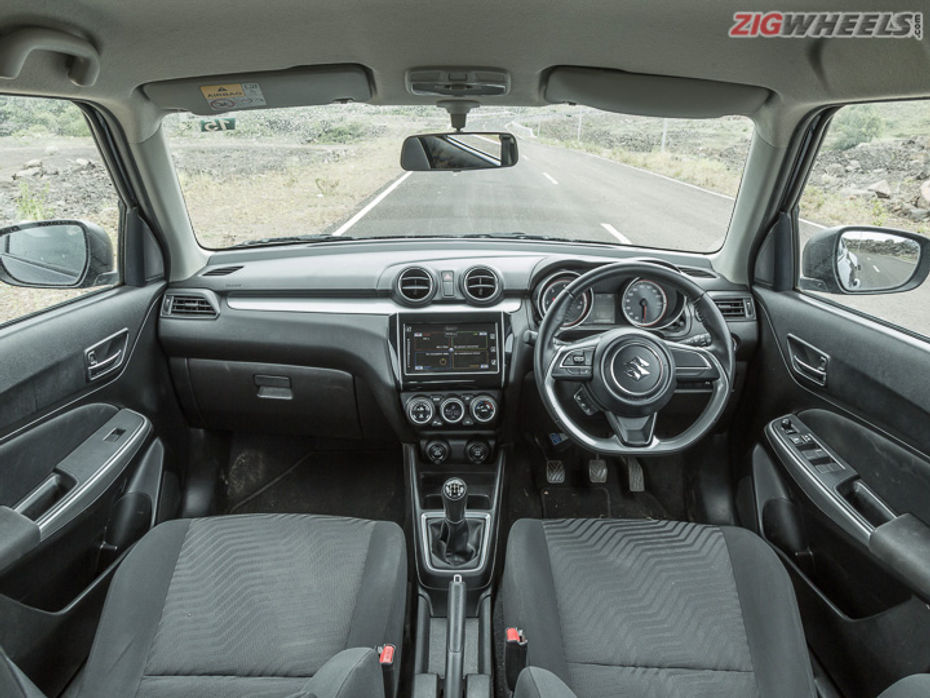
The biggest drawback, though, is the cabin quality. The Swift never set any benchmarks to begin with but with the Nios for company, it feels like a downgrade. A well-styled, ergonomically laid out cabin, no doubt, but not premium. This is all the more a let down when you realize the Swift diesel is the most expensive car here.
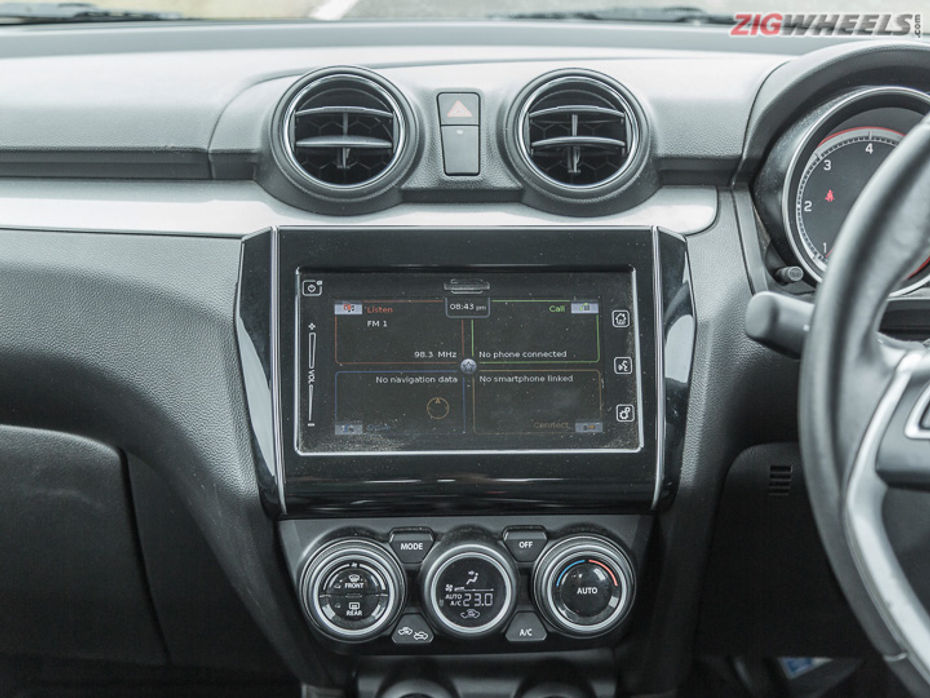
Average quality aside, the Swift doesn’t offer much in terms of unique features either. Like the others, you get auto AC, tilt steering, steering mounted controls, a height-adjustable driver’s seat and a touchscreen infotainment system. It offers LED projector headlamps and a better sound system than the others but that’s it. Not enough to justify a near 50k premium over the Nios or nearly 90k premium over the Figo.
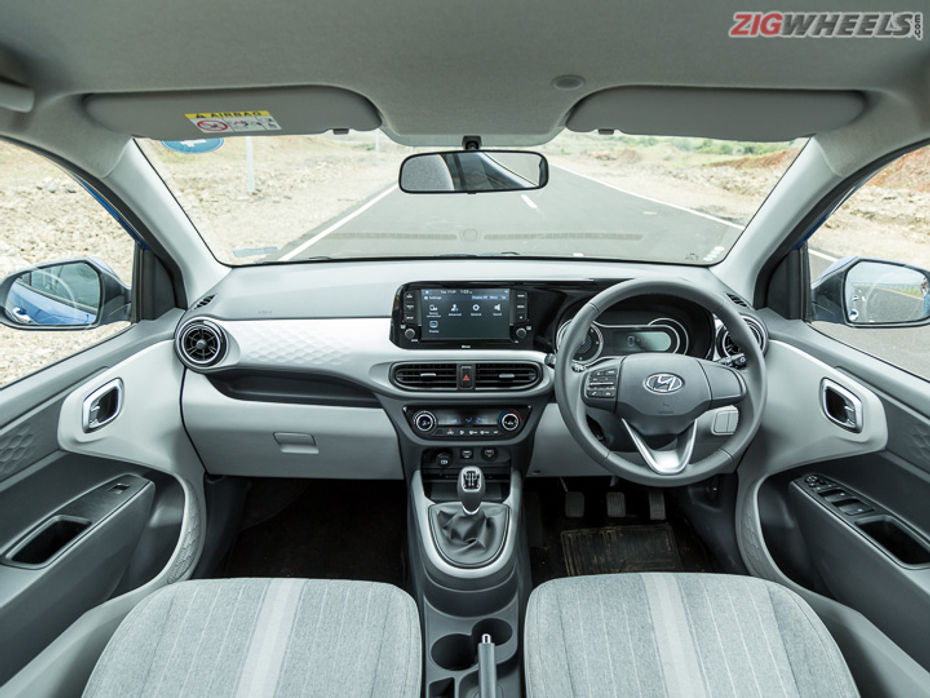
This is especially apparent when you experience how rich the Grand i10 Nios feels in comparison. Even cars from a segment above would be left sweating, yes, it’s that well built! It’s also a wonderful family car, delivering the best rear seat knee room, head room, foot room and seat support. Both the front and rear seat bases have been angled to offer great underthigh support even for taller individuals. Combine this with the premium quality plastics/fabrics, the light interior colour and it’s the best place to spend long hours.
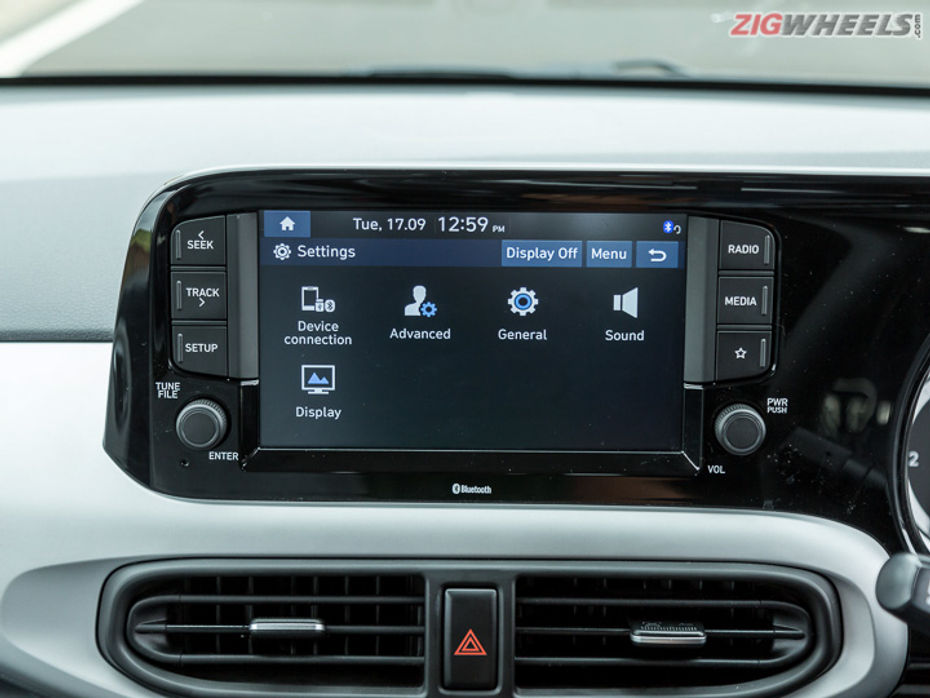
Hyundai also offers some great experience enhancers such as a wireless phone charger, cooled glovebox, rear AC vents, the largest (8-inch) and best-to-use touchscreen infotainment system of all three. Like the Swift, it too gets Android Auto and Apple CarPlay.
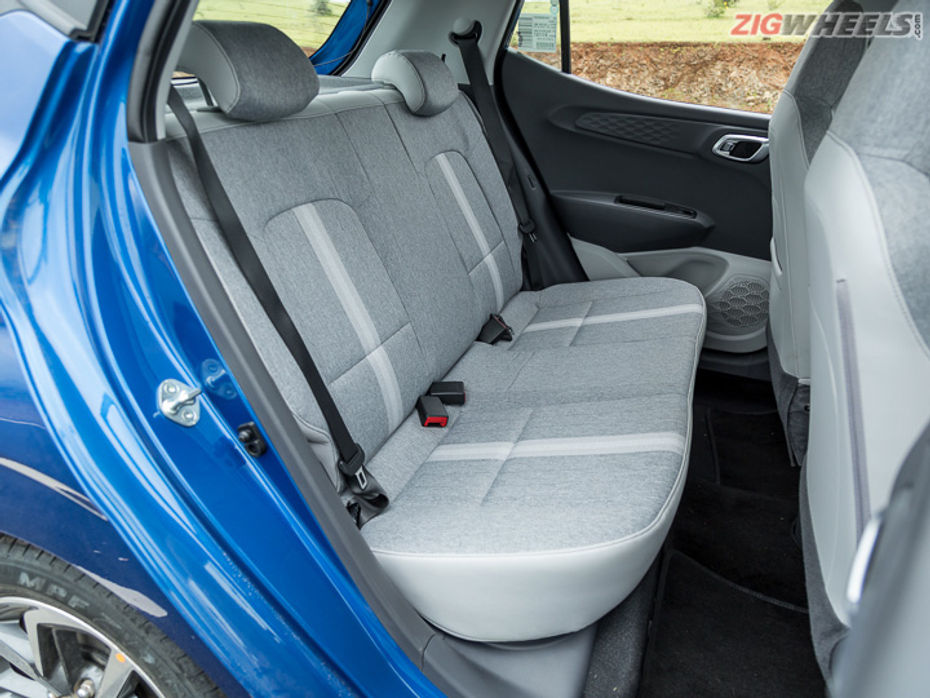
The one aspect that doesn’t feel like an upgrade vs the Grand i10 is the shoulder room. The rear seat still isn’t good for seating three and had Hyundai done better on this front, the Nios could’ve been a great choice as a 5-seater too.
But if you have to spend a lot of time driving or being driven in, the Nios fares best, and there’s more reason for that.
Drive Story
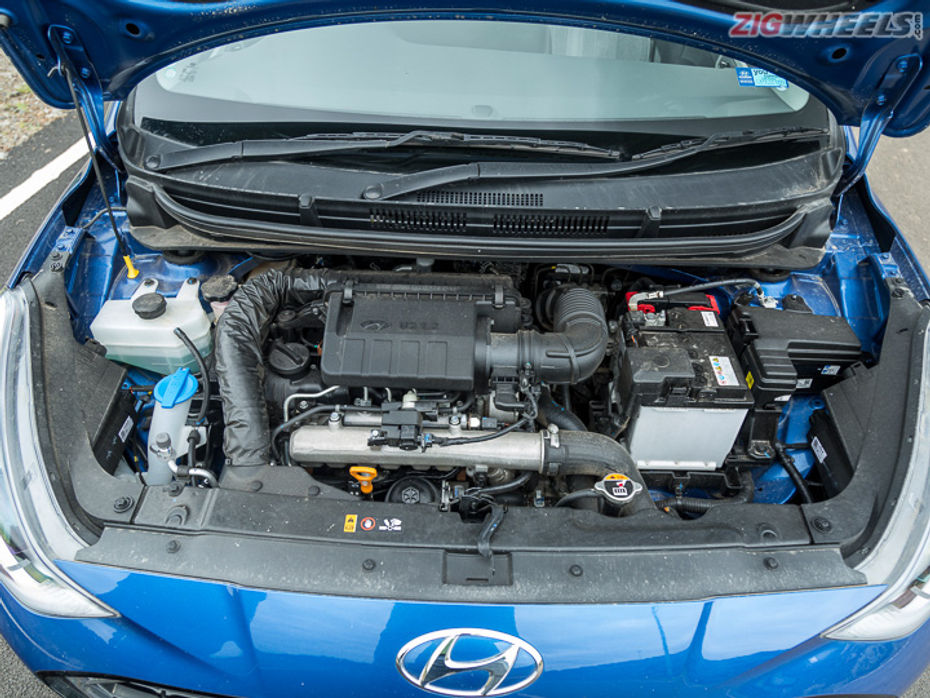
The Grand i10 Nios is, without a doubt, the easiest car to drive here. The clutch travel is low, both the steering and clutch are light to operate, and power delivery is very progressive with no noteworthy turbo spike. In short, it’s exactly like the Grand i10 diesel. The 1.2 litre, 3-cylinder engine has been carried over as is and has the same characteristics. There is some of the 3-cylinder thrumming at idle but on the move, it’s refined and smooth. Even the cabin insulation is second to none, which aids the relaxing driving experience.
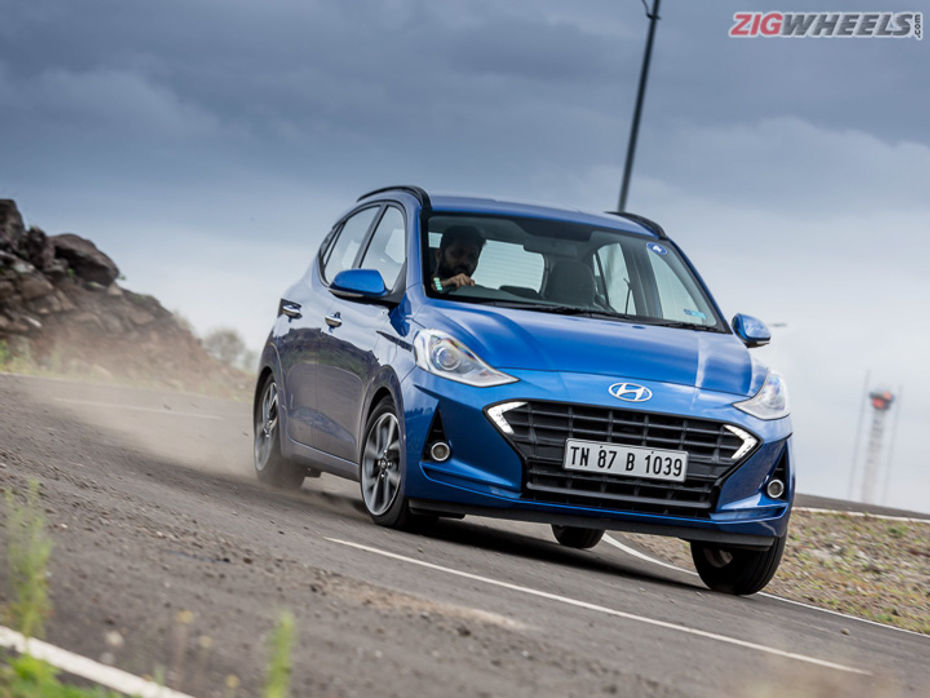
The Grand i10’s short gearing also makes it peppy for city driving, and encourages you to upshift early. That said, it does pull in a clean fashion with low speed-high gear combinations and doesn’t throw a fit if you try to keep driving in a gear higher than it wants. This is also reflected in our in-gear acceleration tests, where the Nios closely matched the Swift and Figo in 3rd gear and is noticeably quicker in 4th gear.
|
Acceleration |
Grand i10 Nios |
Swift |
Figo |
|
0-100kmph |
13.13s |
12.38s |
10.69s |
|
30-80kmph (3rd Gear) |
8.84s |
08.54s |
8.74s |
|
40-100kmph (4th Gear) |
14.06s |
14.89s |
15.35s |
For the Hyundai, driveability is of paramount importance, making it the ideal choice for those with heavy city commutes.
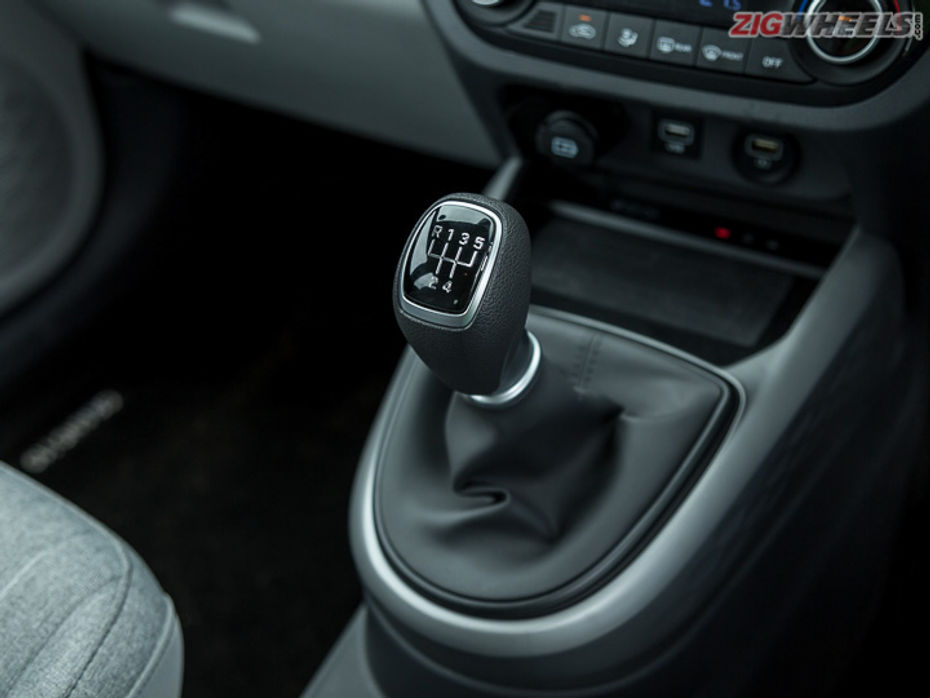
Where it falls short is excitement. Power dips sharply after 3500rpm and the performance graph nosedives thereafter. It’s not an engine that enjoys or even lets you push hard and prefers quick upshifts vs redlining it. The easygoing engine and short gearing also result in the need for occasional downshifts while driving with a full load and high speed overtakes do need a little planning. That said, the Nios manages getting to and staying at 100-120kmph with ease.
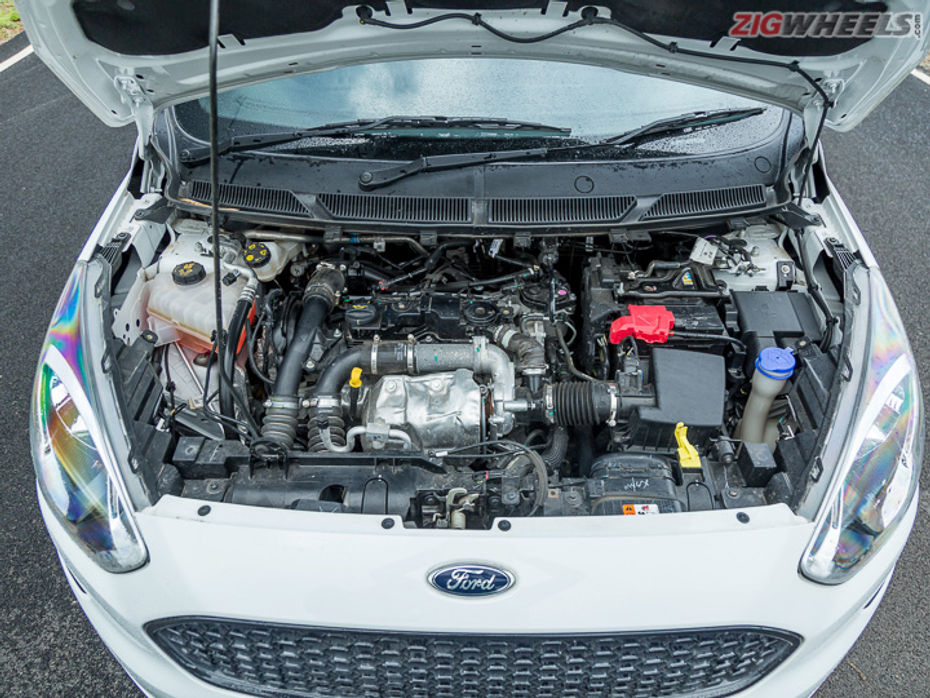
At high speeds, it’s the Ford Figo that feels right at home. The 1.5 litre engine is in its element at high speeds and always has enough punch for high speed overtakes. It’s also a very rev happy engine and is the happiest to get close to the redline. However, in the city, the peaky power delivery is a disadvantage. The turbo lag means you hold on to lower gears for longer and have to upshift quickly when the boost kicks in. But when you hit traffic, it warrants downshifts again, making it more cumbersome to use in the city. This isn’t helped by the heavy clutch and notchy gear shift-action.
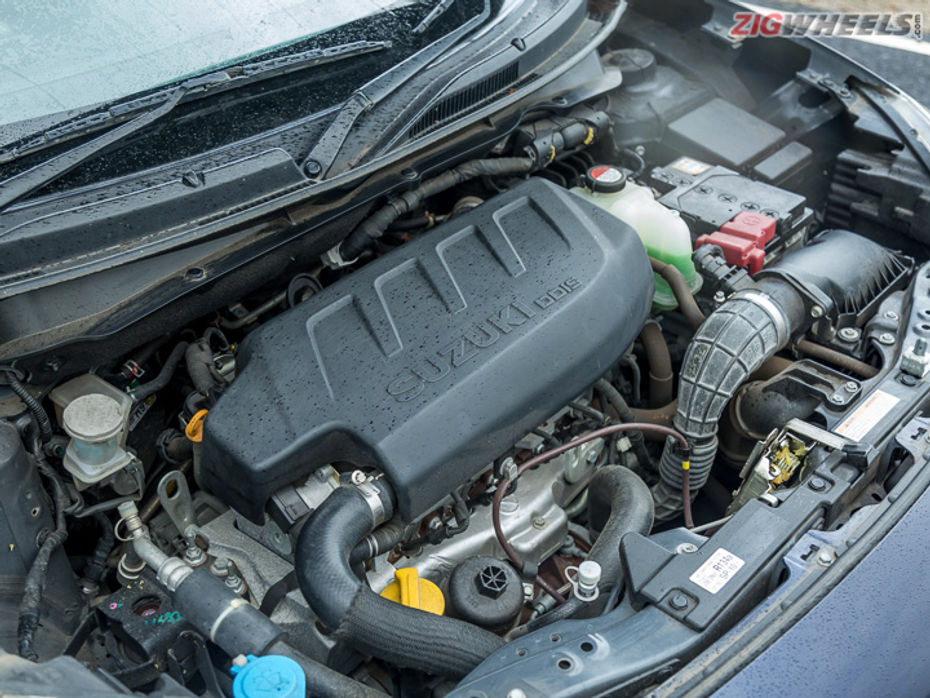
The Swift, though, is the best balance for mundane city drives and excitement on open roads. It’s not as easy to drive as the Nios but the light controls make it a good city runabout. Yes, there is some of that infamous lag but the turbo surge isn’t as sudden as it is in the Ford. It also has plenty of high speed punch. Not as much as the Figo but more willing to be pushed harder than the Grand i10 Nios. The best bit is, it delivers this behaviour while being the most fuel-efficient car both in the city and out on the highway.
|
Grand i10 Nios |
Swift |
Figo |
|
|
City |
19.39kmpl |
19.74kmpl |
19.42kmpl |
|
Highway |
21.78kmpl |
27.38kmpl |
25.79kmpl |
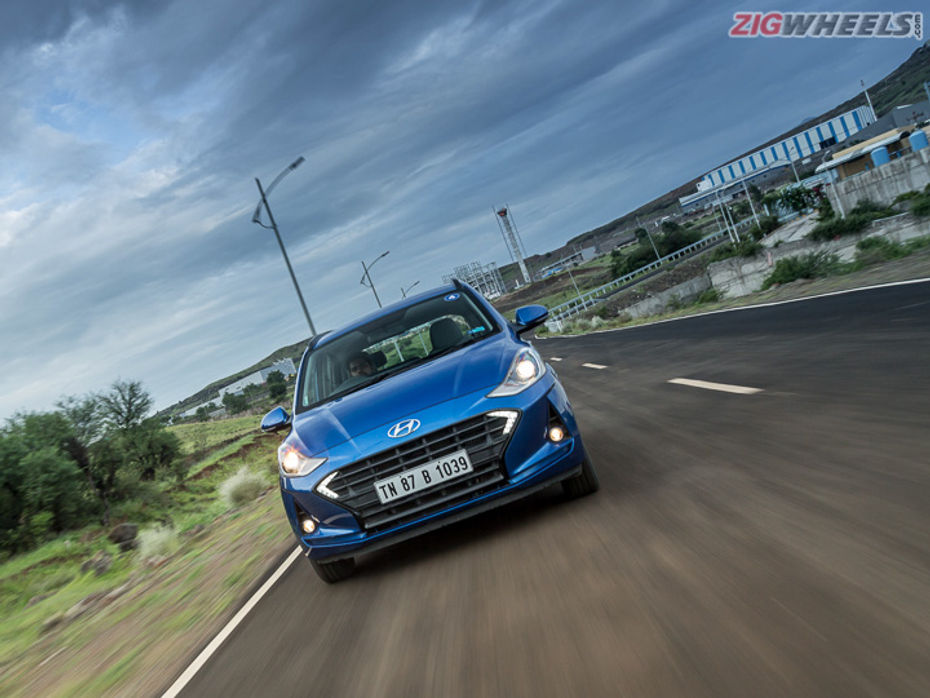
While all of them are neck and neck for city efficiency, the Nios’ short gearing makes it the least efficient on the highway, though, at nearly 22kmpl, it’s hardly a guzzler. The Swift is also the most fun to drive here. While the Figo offers the most straight line punch, the handling isn’t as sharp as the Swift’s.
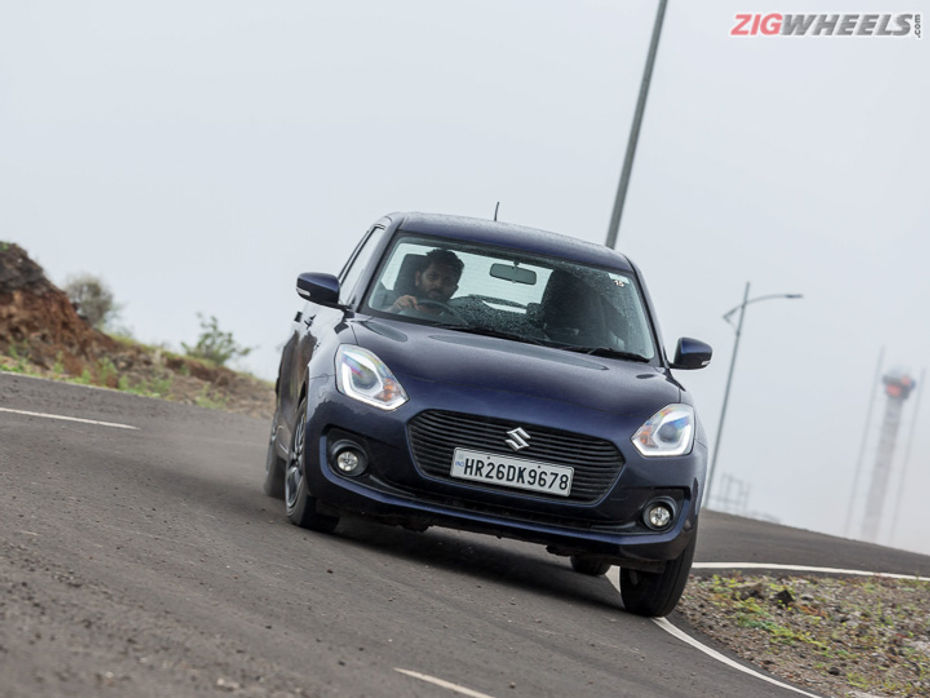
Maruti Suzuki has got the chassis balance bang on and the Swift is only too eager to dart in and out of corners. However, it’s sad that the steering lacks feedback, keeping us from calling it a perfect pick for the enthusiast. The Nios and Figo trade blows when it comes to the fun to drive factor. While the Figo has the muscle under its bonnet, the steering isn’t quick and it does have some noticeable body roll. The Nios’ engine lacks the Figo’s aggression but the steering feels more consistent during sharp turn ins.
That said, it’s a decent all rounder in the ride department as well. Highway undulations can be taken at triple digit speeds without having to slow down and the Swift settles immediately after them. The same can be said for the Ford Figo as well.
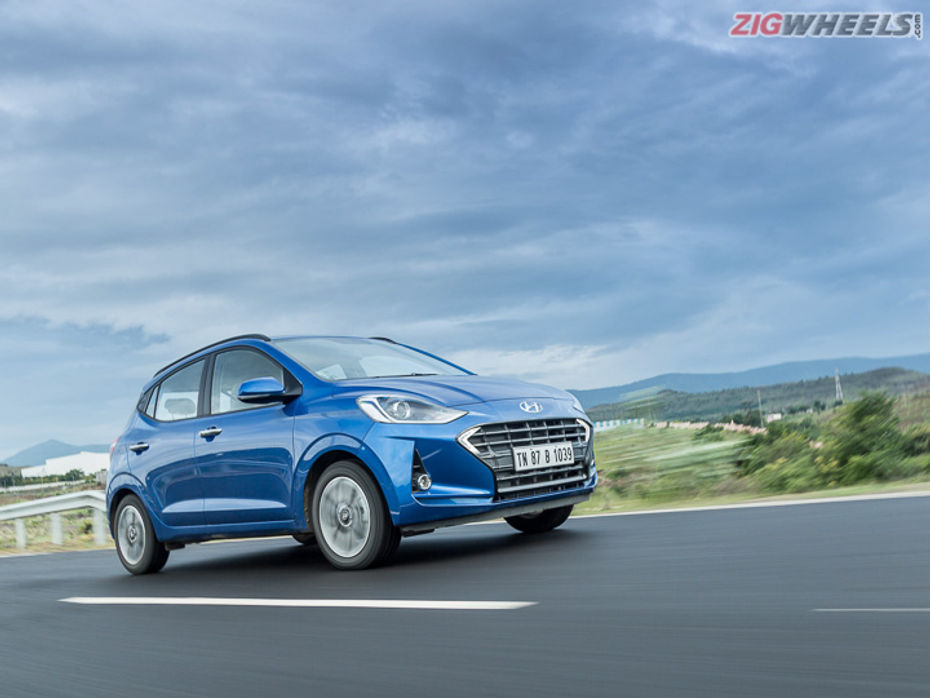
In the Nios, the high speed ride is a bit too soft, and you find that things get a touch bouncy. This becomes an annoyance on the open road but then, it’s the most comfortable at low speeds when potholes and sharp bumps are dealt with better. In the Swift and Figo, the low-speed ride gets a little harsh over rough sections and you can hear the suspension thud as well. That said, the Swift recovers quickly while the Figo bounces a little before settling down.
Void Filled?
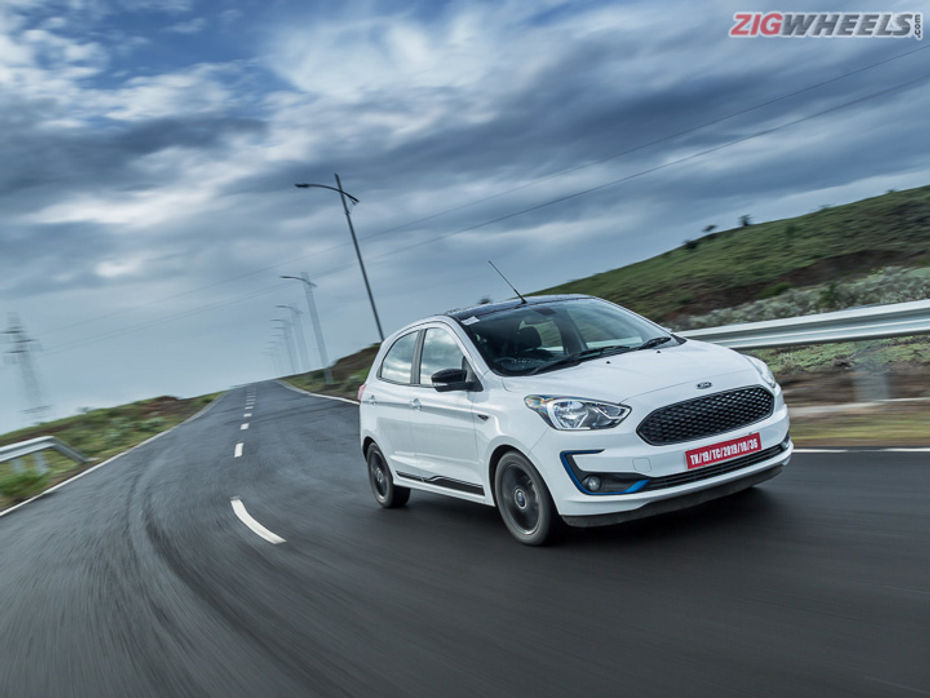
The Ford Figo delivers better value than the Swift and is quite punchy to drive as well. It certainly has the Swift’s excitement but lacks the Maruti’s easy-to-drive nature and isn’t as good a handler. Importantly, it lacks the seating comfort of the others and the cabin itself feels quite old, even after the recent facelift.
What the Ford delivers is a strong safety package and unbeatable value for money. But the money you save does come at the expense of certain family car competencies.
|
Diesel |
Grand i10 Nios |
Swift |
Figo |
|
Magna - Rs 6.70 lakh |
VDI - Rs 7.03 lakh |
Ambient - Rs 6.13 lakh |
|
|
Sportz AMT - Rs 7.85 lakh |
VDI AGS - Rs 7.50 lakh |
Titanium - Rs 6.90 lakh |
|
|
Asta - Rs 7.99 lakh |
ZDI - Rs 7.62 lakh |
Titanium Blu - Rs 7.55 lakh |
|
|
ZDI AGS - Rs 8.09 lakh |
|||
|
ZDI+ - Rs 8.43 lakh |
|||
|
ZDI+ AGS - Rs 8.89 lakh |
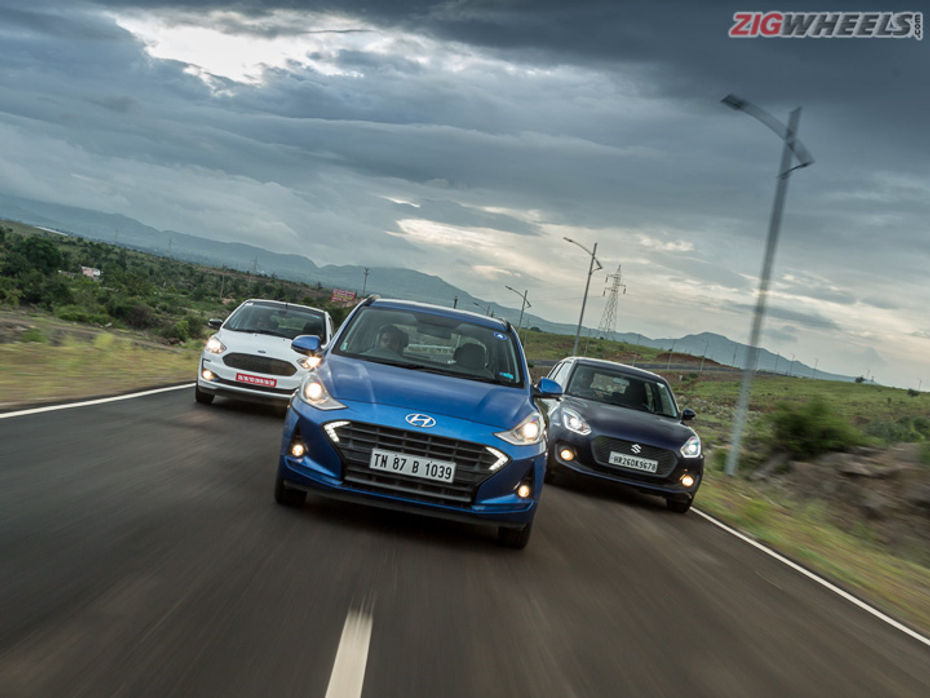
So, as a family car, it’s the Grand i10 Nios that fills the void the Swift diesel will leave behind. It’s far richer on the inside, feels better built overall, and is easier to drive while offering more unique and useful features. And it does all this while being cheaper. Like the Swift, it’s also available with a diesel AMT combo. But if you don’t mind trading off just a little bit of sensibility in favour of a lot more driving fun, buy the Swift while you still can.

Re-registering Old Cars Could Get 25 Times More Expensive Soon

Tata Nexon EV vs Kia Seltos: Real-world Performance Compared

Tata Curvv vs 2024 Hyundai Creta vs Kia Seltos: Diesel Engine...

Tata Curvv vs Key Rivals: Spec Comparo

2024 Hyundai Creta Facelift vs Volkswagen Taigun vs Skoda Kushaq:...

2024 Hyundai Creta Facelift vs Honda Elevate: Detailed Comparison

Honda Elevate: India-spec vs Japan-spec Model Compared

2023 Tata Safari Facelift vs Mahindra XUV700: Battle Of The Two...

2023 Hyundai i20 Facelift vs Exter: Cross Shopping Comparison

The Tata Harrier & Safari | 2024 Tata Harrier & Safari Deep Dive |...
India's largest automotive community